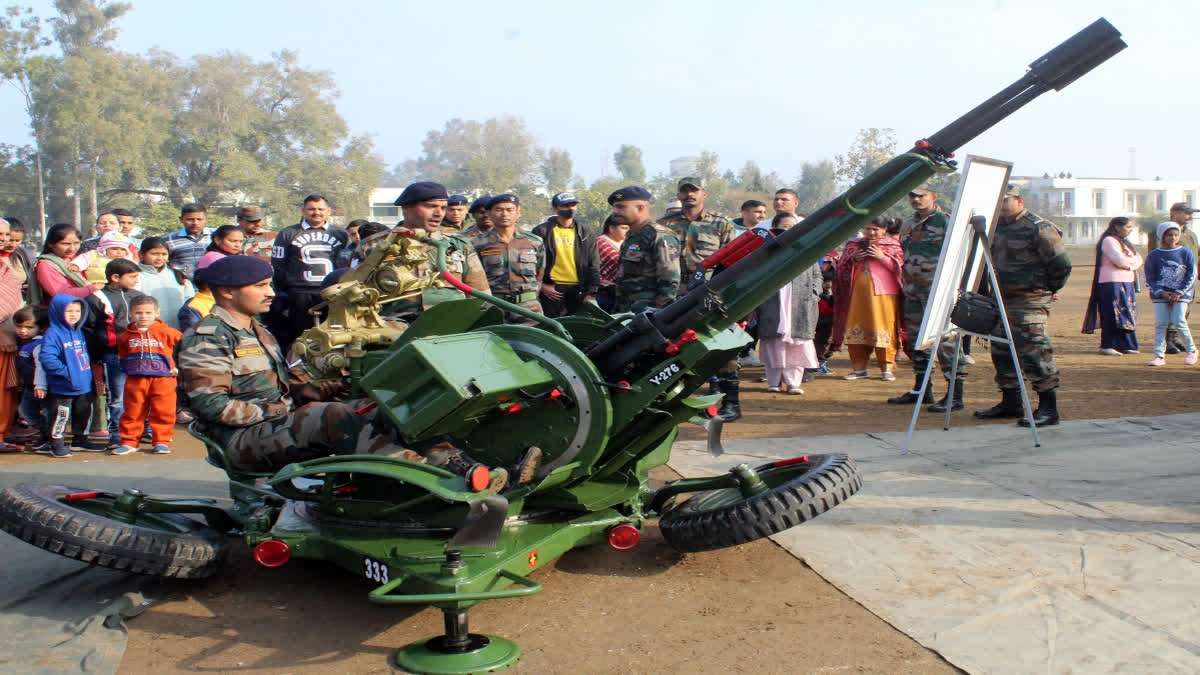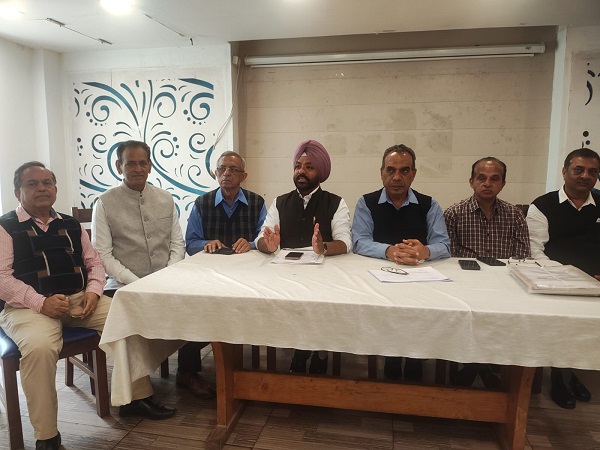
The Indian Army is celebrating its 198th Gunners Day. Regiment of Artillery, the second largest arm of the Indian Army, will celebrate its 198th Gunners’ Day on September 28, 2024. As is the norm, the Wreath Laying Ceremony will be held at Amar Jawan Jyoti by the Director General of Artillery and Colonel Commandant, Lt General K. Ravi Prasad, senior veterans and serving officers. The day has a special significance for the Regiment of Artillery as the first Indian Artillery Unit, 5 (Bombay) Mountain Battery equipped with 2.5-inch Guns, was raised on this day in 1827. Presently it forms part of 57 Field Regiment.
Why is Gunners Day celebrated?
The Battle of Adoni in 1368 is the first known instance of artillery in India. The Bahmani kings of the Deccan, led by Mohammed Shah Bahmani, employed a train of artillery to subdue the Vijay Nagar king. On September 28, 1827, the 8th Company of the Golandaz Battalion, Bombay Foot Artillery, was established as 5 (Bombay) Mountain Battery. At present, it is a component of the 57 Field Regiment. Consequently, September 28 is designated as “Gunners Day.”
Significance of September 28
This day commemorates the founding of the 5 Mountain Battery, the first Indian artillery unit, in 1827. The 28th of September is recognized as Gunners Day. The Artillery Regiment has developed into a powerful force over time. As we commemorate the 198th Gunners Day today, we consider its incredible history.
Getting ready for what lies ahead
Army sources state that the Artillery Regiment is getting ready for new challenges. They are updating their machinery and switching from analogue to digital, conventional to smart, and manual to automatic technologies. This guarantees that they are prepared for anything. The destructive power and range of modern artillery weapons have been increased, giving them even greater versatility.
Evolution Of Artillery Regiments In India
After 1857, most artillery units were disbanded with only mountain batteries retained for development in the rugged North West Frontier during the Afghan Wars. The School of Artillery was established in Kabul in 1923. Mountain Artillery Training Centres came into being at Dehradun, Lucknow and later at Ambala. The Field Artillery Training Centre was established at Mathura.
Babur First Used Artillery In India
- The Mughal emperor Babur used artillery for the first time in North India at the First Battle of Panipat in 1526, when he soundly defeated Ibrahim Lodhi, the Afghan king of Delhi. Under the Mughal kings in Delhi, Tipu Sultan in Mysore, and the Nizams in Hyderabad, artillery flourished greatly. But under Maharaja Ranjit Singh, the Sikhs employed artillery in the most efficient way in Indian history, elevating it to a high degree of combat effectiveness.
- The Battle of Kator, fought by Tipu Sultan, is the first known attempt to locate enemy guns in India. From modest beginnings in 1925, when the Nine Originals were organized under Captain EB Culverwell, MC to form the first Survey Section at the School of Artillery, Kabul, the modern Indian Surveillance and Target Acquisition (SATA) gunner has developed. This centre grew to become the 1st Indian Survey Regiment by August 1942.
Only three Indians in Artillery commission
Only three Indian officers were initially commissioned into the Artillery from the Royal Military Academy, Woolwich. The first Indian officer to join the Artillery was Prem Singh Gyani followed by PP Kumaramangalam as Askalha. He was posted to A Field Brigade formed at Bangalore on 15 January 1935.
Guns Gunners’ And Kargil War
India’s successful use of artillery in the Kargil War was a major factor in their victory. The 155mm Bofors FH-77B howitzer, with its exceptional accuracy and range, was an important weapon. This gun was one of the most important weapons of the war, helping to weaken enemy bunkers and cut off their supplies. The Indian Army took control of Mashkoh Valley on July 7, 1999, and Tiger Hill and Point 4875 on July 5, all as a result of the devastating artillery barrage. The Indian Army renamed Point 4875 as Gun Hill in honour of the artillery’s exceptional performance in the Drass and Mashkoh sub-sectors.
Kargil Operations: 14 May to 02 July 1999
Gnr Raj Kumar’s unit, the 315 Field Regiment under the command of Col NA Subramanian was the first artillery unit to be deployed in Drass in the initial phase of the Kargil war on 14 May 1999. The very first day when the regiment arrived at the base camp in Drass, they were heavily fired upon. Even though they were unaware of the enemy’s position they fought bravely and retaliated the attack.
During that period Gnr Raj Kumar’s 315 field regiment, was responsible for supporting operations for 1 Naga, 8 Sikh, 17 Jat, and 16 Grenadiers regiments who finally went on to capture Tololing, Point 5140, Black Tooth, Tiger Hill, Point 4875 (Gun Hill), in the Drass – Mushkoh Valley from the intruders. The period between May 14 to 31 was the toughest one for the unit as they had to fire at one position and quickly move on to another location to avoid detection continuously.
With the responsibility of infantry units on their shoulders, 315 Field Regiment often faced two choices at night —Either they could stop firing and wait till morning or they could keep firing to protect the infantry units. 315 Field Regiment chose the latter and provided a continuous shield to the infantry units.
As part of ongoing operations, 192 Mountain Brigade of 8 Mountain Division commanded by Brig MPS Bajwa was entrusted with the task of capturing Tiger Hill by 04 July. A fire plan by the Artillery units was formulated to degrade the enemy defences, before the assault by 18 Grenadiers and 8 Sikhs. On the evening of July 2nd, 1999, 315 Fd Regt had the choice — to continue firing or to stop firing. The infantry units (18 Grenadiers and 8 Sikh) would’ve been in danger had they stopped. Gnr Raj Kumar ’s ‘Second-in-Command’ Maj Dwivedi again chose the former, rushing out of his tent and motivating his boys to keep firing, to keep attacking the enemy. Gnr Raj Kumar who was manning one of the guns, kept pounding the enemy positions to cause maximum damage.
However, during the heavy exchange of fire, Gnr Raj Kumar got seriously injured by one of the enemy shells. He soon succumbed to his injuries and was martyred. Besides Gnr Raj Kumar, the other martyred brave hearts of 315 Fd Regt during the operation included his Second-in-Command, Major CB Dwivedi, L/Hav Mallayya, Naik Sarvan Kumar, L/Nk P Gopaiah, Nk Bishuni Rai, and Gnr INC Singha.





